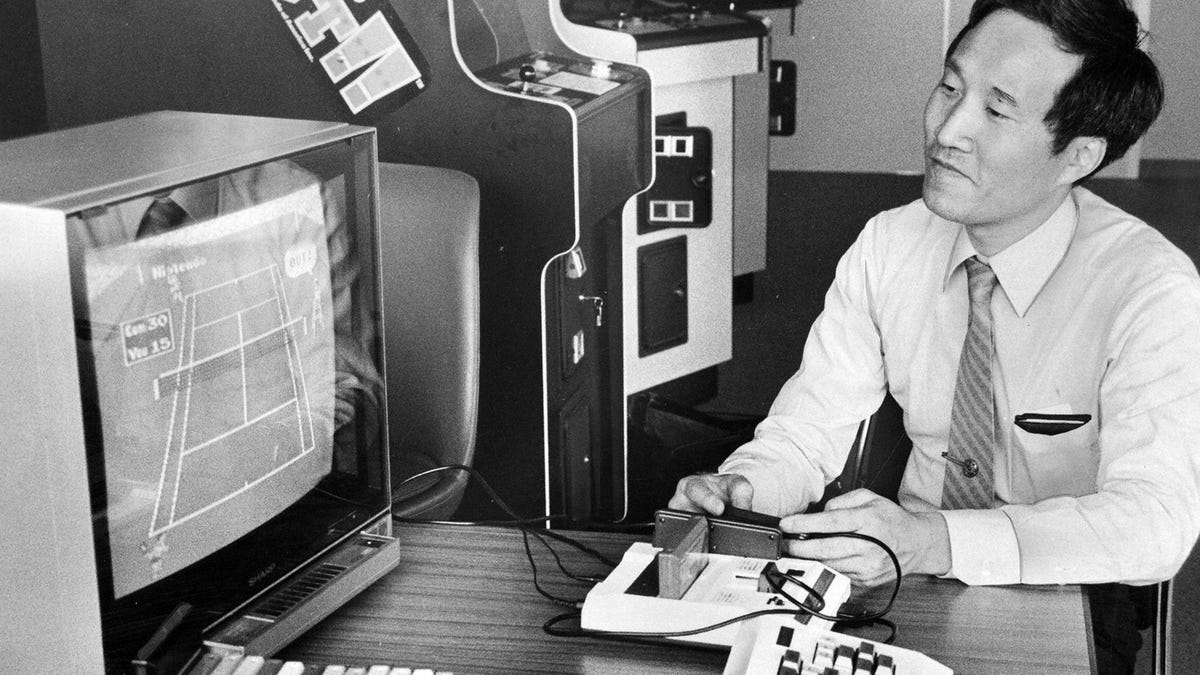IbizaPocholo
NeoGAFs Kent Brockman

The Designer Of The NES Dishes The Dirt On Nintendo's Early Days
When discussing Nintendo’s rise as a digital dreamsmith in the ‘80s, game designers like Shigeru Miyamoto and Gunpei Yokoi get most of the limelight. But it was the hardware designed by Masayuki Uemura that served up their fantasies to millions around the globe.
 kotaku.com
kotaku.com
When discussing Nintendo’s rise as a digital dreamsmith in the ‘80s, game designers like Shigeru Miyamoto and Gunpei Yokoi get most of the limelight. But it was the hardware designed by Masayuki Uemura that served up their fantasies to millions around the globe.
Masayuki Uemura joined Nintendo in 1972. Gunpei Yokoi, the inventor and toy designer whose products like the Ultra Hand had transformed Nintendo from a humble maker of hanafuda, Japanese playing cards, into a well-known toy and game company, recruited Uemura away from his previous employer, the electronics company Hayakawa Electric, known today as Sharp. Uemura retired from Nintendo in 2004, and currently serves as the director for the Center for Game Studies at Ritsumeikan University in Kyoto. The university’s leaf-covered Kinugasa campus is a quiet oasis in what is—or was, before COVID-19—a bustling and tourist-packed city. It is also a 10-minute walk from the ancient Zen rock garden of Ryoan-ji temple, whose evocatively arranged boulders and artfully raked gravel seem to me one of Japan’s earliest “virtual realities.”
Kotaku: What was Nintendo like when you joined the company?
Masayuki Uemura: One of the things that surprised me when I moved from Sharp to Nintendo was that, while they didn’t have a development division, they had this kind of development warehouse full of toys, almost all of them American.
check the link for more
